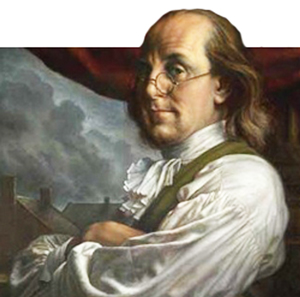I always love EOTO week in Professor Smith's class. It gives everyone an opportunity to learn about new people and delve deeper into the world of journalism. This week, we had to pick a journalism hero from history and research them. I love a real strong women and I was instantly drawn to Mary Ann Shadd. Shadd is a true North American hero in all the senses- she was brave, unapologetic, and influential.
 |
Wikipedia
Mary Ann Shadd
|
Mary Ann Shadd was born on October 9th, 1823 as the eldest of 13 children to free parents in Wilmington, Delaware. Her family was involved in the Underground Railroad and helped numerous people flee northward to achieve freedom. Ever since she was born, Shadd had always been passionate about helping people and being a strong advocate for basic human rights.
In 1853, Shadd became the first black woman to publish and edit a weekly newspaper in all of North America. The paper was called The Provincial Freeman and it was devoted to displaced Americans living in Canada. Shadd focused her articles on successful black men and women living in Canada in an effort to convince people to migrate there. The paper's motto was "self-reliance is the true road to independence". The paper was published in Windsor, Toronto, and Chatham. Shadd never took credit for her work in the paper and her name was never listed. She knew people would be outraged if they learned a woman was behind the work in the paper. However, this viewpoint was increasingly unpopular at the time. People did not want to read anti-slavery sentiments and the paper lasted less than ten years before it went bankrupt and shut down.
 |
| Copy of Shadd's paper |
After the paper shut down, Shadd went back to the United States during the Civil War. She was an amazing advocate for racial equality and never backed down from the fight. She was the first woman to attend and speak at the Philadelphia Colored Convention. She was unpopular when she first walked in, but her speech on emigration was so well-received that the convention gave her more time to speak. During the Civil War, Shadd worked in Indiana recruiting black men in the Union Army.
After the war was over, Shadd decided to be a teacher for a little while. She established and taught in schools in the United States and Canada. Some of the places she taught in were Washington D.C., Pennsylvania, New York, New Jersey, and West Chester. Access to education for all people was very important to her.
 |
Google Images
Mary Ann Shadd pictured above |
Shadd never gave up on advocating for the people that needed her. She became the first black woman to enroll at Howard University Law School. She graduated alongside three other women and she was the only black woman of her graduating class. She set a very important precedent not only for black women, but for all women. Everyone, no matter their gender or race deserves to have an amazing education.
Shadd went on to fight for women's suffrage alongside Susan B. Anthony and Elizabeth Cady Stanton. She testified before Judiciary Committee of the House of Representatives and tried to register to vote. Although she was unsuccessful, it was a testament to her fierce advocacy. Shadd died in 1893 of stomach cancer, but her shining legacy as a journalist, abolitionist and advocate to those in need lives on.





